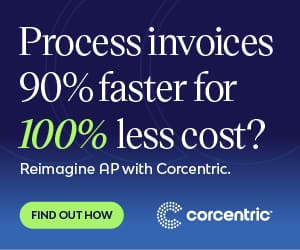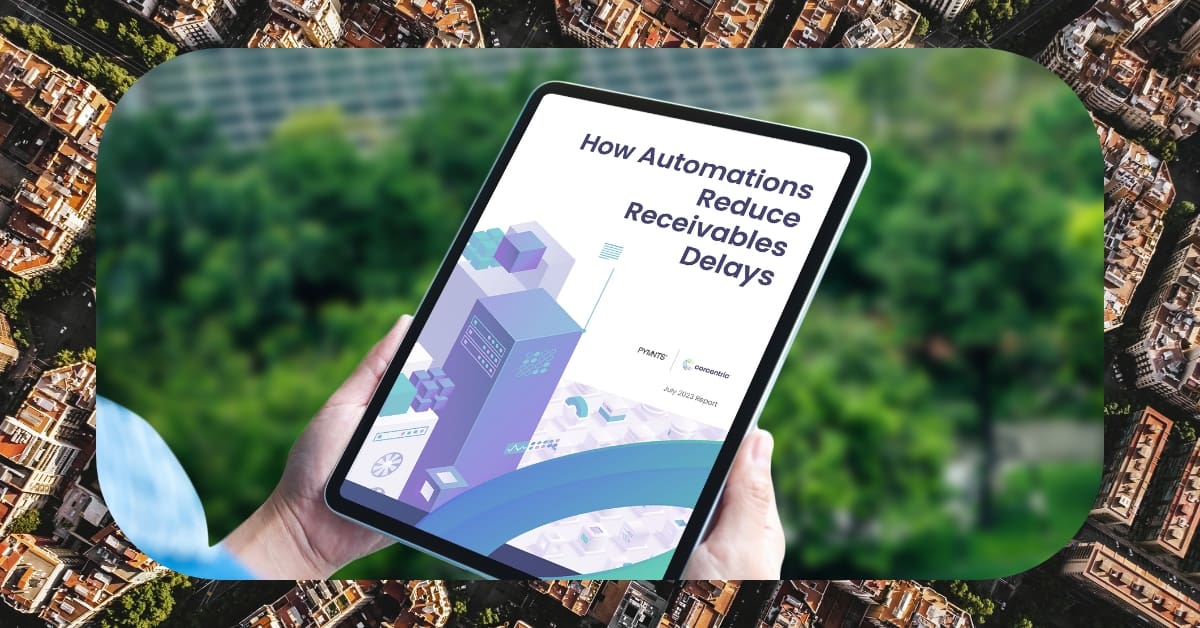Implementing Accounts Payable Software In The C-Suite

Accounts Payable Module
The increasing demands of the business landscape are making it increasingly difficult for C-suite executives to stay ahead of the competition. One area that needs to be managed with diligence, especially in the finance sector, is accounts payable. Without comprehensive payments solution, organizations financial transactions can suffer and create numerous consequences. By investing in efficient, secure and compliant accounts payable software, executive teams can significantly improve business bottom line.
Below is step-by-step guide to implementing payments solution that meets the needs of your executives and organizations financial operations.
1. Analyze your current accounts payable process. Identifying and studying the inefficiencies and inadequacies of the current system is the first step when exploring potential solutions. Take into account key requirements such as security, compliance, transparency of payments and integration with existing financial systems as well as any additional features that could improve performance.
2. Choose vendor. With the list of prerequisit is formulated, contact potential vendors that can provide comprehensive payments solution that fully meets the organizations requirements. Consider the vendor?s qualifications, the level of customerservice they provide, the robustness of the solution, its ease of use, the cost-effectiveness, scalability and the level of customization they can offer.
3. Educate staff. After the vendor and payment solution have been chosen, organize training session to ensure that staff have full understanding of the functionality of the system before implementation. Provide adequate support following the installation of the software to ensure that employeeunderstand how to use the software in the most effective and efficient way possible.
4. Test the software. To make sure the payments software is adequately secure and will deliver the results promised, software testing must be priority. This includes both written and automated tests, to ensure the platform is operational and will be resilient to any kind of attack.
5. Implement the software. Once everything is ready and is double-checked, studies performed and the software is tested, the next step is to install the accounts payable software and integrate it with existing financial systems.
6. Monitor and adjust. Implementing the software is just the beginning. After the business accounts payable operations have been automated, it is crucial to take proactive approach and monitor the platform?s performance going forward. Regular reporting and analytics will enable the C-Suite team to analyze trends and make any necessary adjustments, while taking advantage of other payment software features and functionalities.
By investing in comprehensive accounts payable Softwaresolution, C-suite executives can improve financial operations and the overall efficiency of their organization. Solutions that emphasize data security and compliance, transparency, scalability and ease of use will enable executive teams to be more in control of their organizations financial transactions, while also providing resources and tools necessary to help build lasting relationships with suppliers and other stakeholders.

